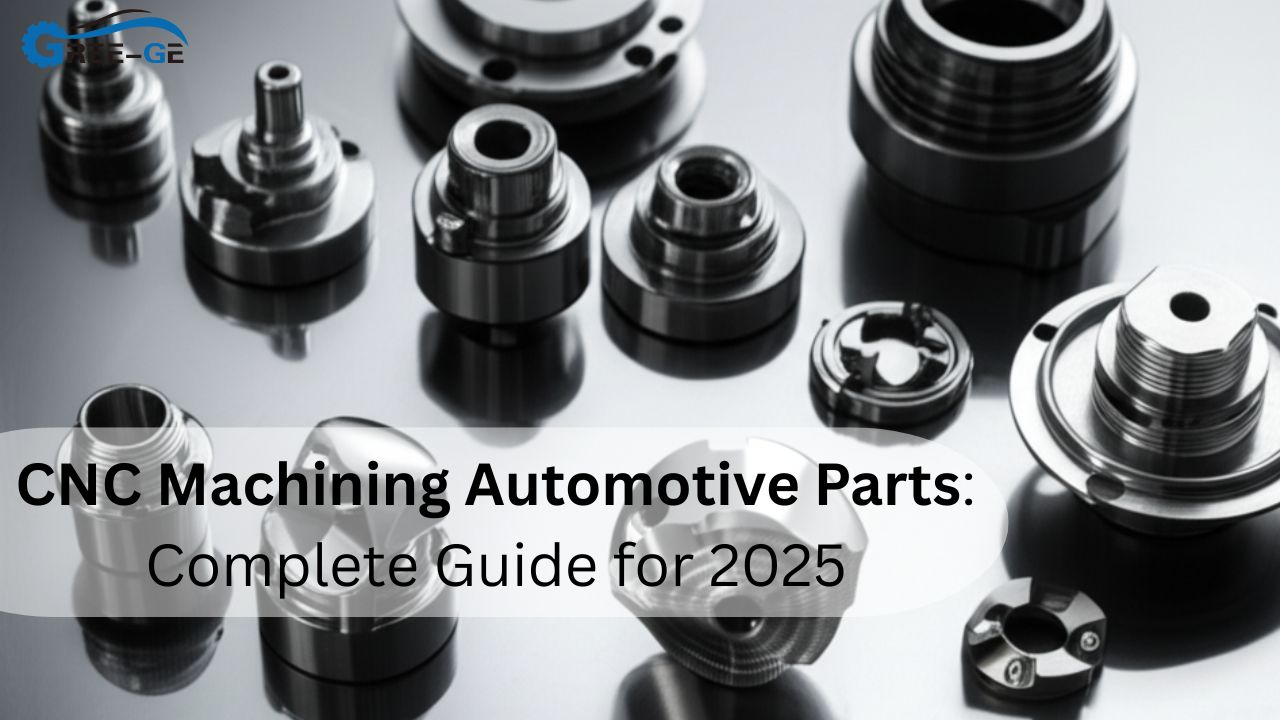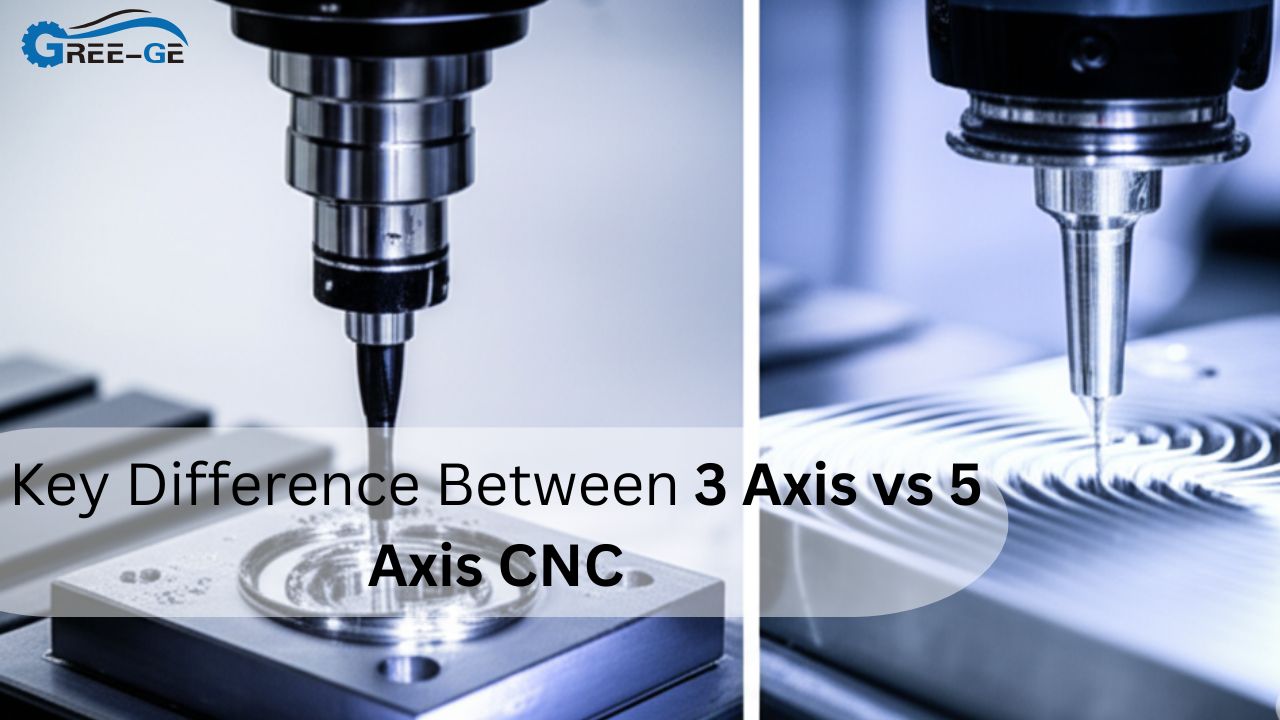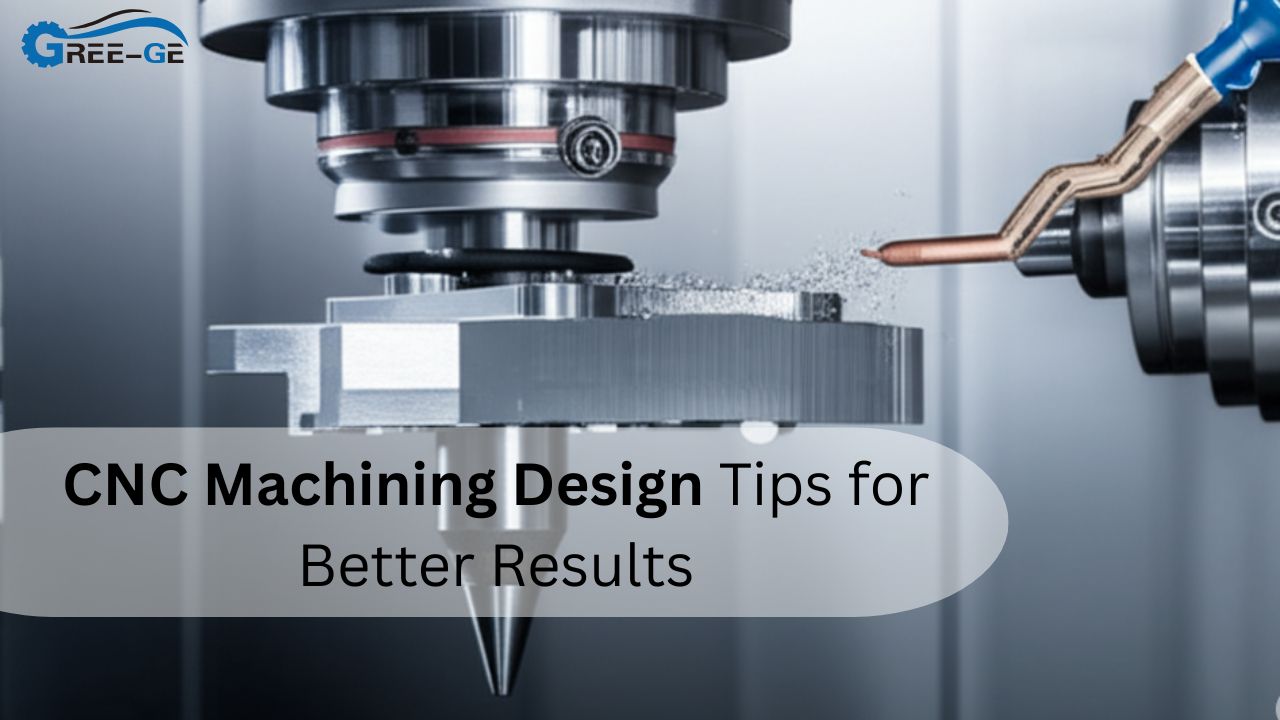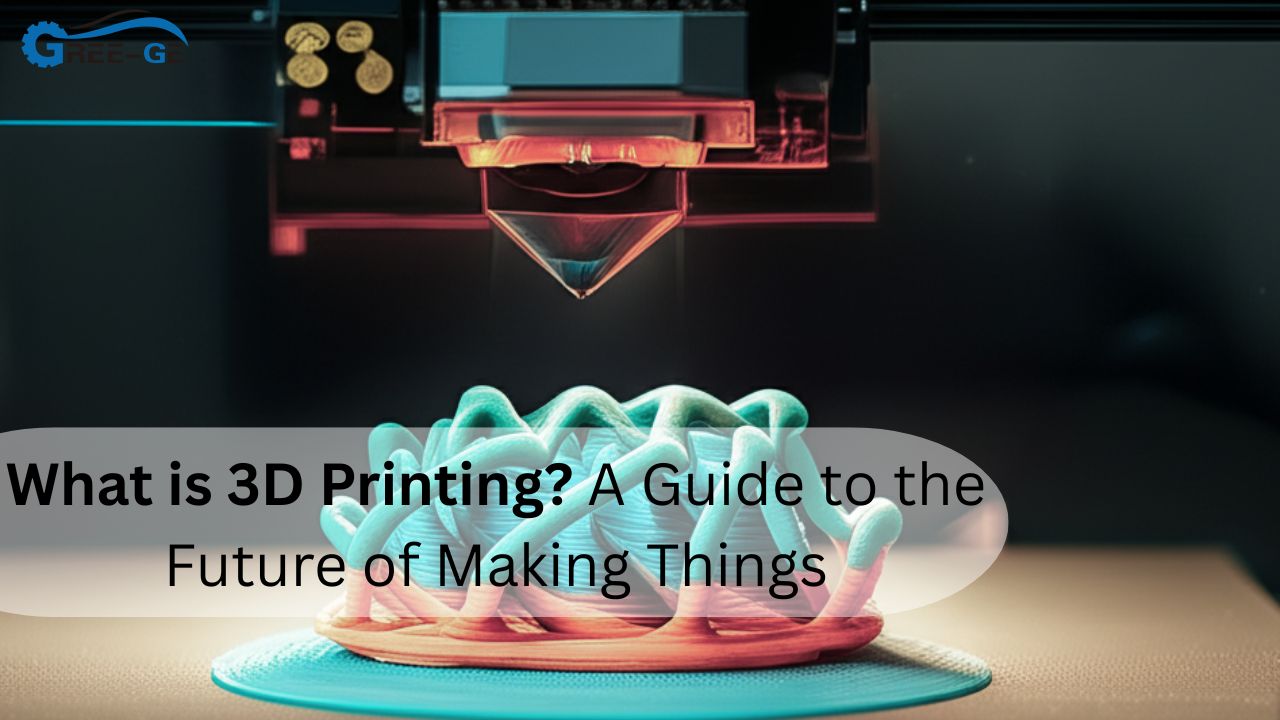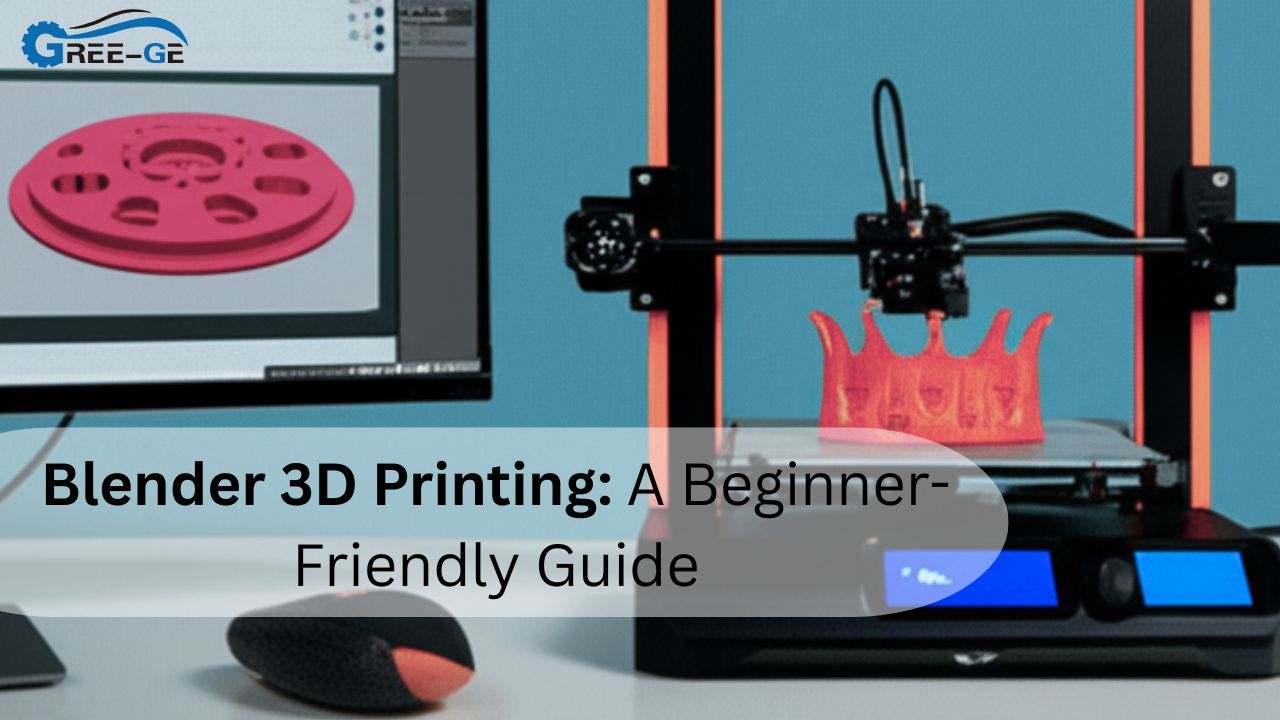If you have been looking at toolmaking choices, you have probably come across the argument on whether metal is the best fit for mold manufacture. One often asked subject is if, in some cases, aluminum molds for injection molding truly outperform steel. You might worry about durability, cost, or speed. After all, the mold you choose can make or break your entire project—literally and figuratively.
Yes, aluminum molds for injection molding can be an outstanding choice. They heat up fast, cool quickly, and often cost less to produce compared to steel. Many industries, from automotive to medical devices, now embrace aluminum to lower cycle times, speed up prototyping, and get reliable performance for medium production runs.
In this blog, we’ll dive into why aluminum molds have gained so much traction, explore their core advantages and any limits they might have, and discuss which industries can benefit the most. By the end, you’ll know if an aluminum mold is the right fit for your project’s needs.
Aluminum Molds For Injection Molding: Understanding The Basics
Aluminum molds for injection molding are lightweight, easy to machine, and heat up or cool down faster than steel. Despite common misconceptions, many aluminum alloys are durable enough for large production volumes. By reducing cycle times, these molds help companies cut costs, accelerate development, and maintain product quality.
Lightweight Advantage
Aluminum weighs less than steel, making the mold easier to handle. This reduced mass also decreases machine wear and tear because plastic injection molding presses operate more smoothly. Less strain on equipment can mean lower maintenance bills in the long term.
Faster Cooling
Thermal conductivity in aluminum is notably high, helping molds cool quickly. Shorter cooling times slash overall cycle length. That gain can translate into producing more parts per hour—a boon for companies needing to crank out large volumes in tight timeframes.
Easier Machinability
Aluminum typically cuts and shapes faster than steel. That efficiency is crucial when you need swift design iterations or prototypes. Simplified machining can also reduce the risk of errors, helping your team produce accurate molds without exhausting your budget.
The Appeal Of Aluminum Molds
Have you ever wondered why aluminum molds for injection molding have skyrocketed in popularity lately? Besides being lighter, they often cost less to manufacture and maintain. Many mold makers claim faster turnaround times, which is vital if you’re trying to keep pace with ever-changing consumer demands.
In the past, aluminum molds for injection molding were seen as disposable options, suitable only for low-volume or prototype runs. However, advanced aluminum alloys now challenge that notion. They can handle more cycles than you might expect, making them legitimate contenders for numerous industries. If you’ve hesitated to try aluminum due to outdated myths, it might be time for a fresh look.
Info: Aerospace-grade aluminum alloys, such as 7075 and 6061, boast impressive strength-to-weight ratios that rival some forms of steel.
Key Benefits That Drive Adoption
Rapid Prototyping
When you’re in the early development stage, speed is everything. An aluminum mold can be carved out faster, letting you test and revise designs quickly. You don’t want to wait weeks or months just to see if a small tweak works. By using aluminum molds for injection molding, you can shave critical days off your project timeline and reach final approval sooner.
Lower Tooling Costs
Steel molds are tough and built to last millions of cycles, but their upfront cost can be staggering. If you only need tens of thousands of parts, not millions, an aluminum mold often hits the sweet spot in terms of durability and affordability. For many brands, the cost savings can be reinvested in marketing, product development, or other growth areas.
Enhanced Thermal Conductivity
We touched on this already, but it’s worth stressing: the high conductivity of aluminum dramatically impacts cooling time. Since cooling typically accounts for the longest portion of each injection molding cycle, trimming even a few seconds can lead to major improvements in overall efficiency. Multiply that across thousands of parts, and you’ll see the difference in your bottom line.
Easy Repairs And Modifications
Mistakes happen—maybe a dimension is off by a fraction of a millimeter, or your client decides on a last-minute design change. Aluminum is simpler to re-machine, so you can adjust the mold without replacing the entire tool. This flexibility not only saves money but also fosters an environment of continuous improvement.
Suggestion: If you anticipate frequent design revisions, budget for an aluminum mold. It’s more forgiving when modifications become necessary, which can happen often in industries with evolving standards.
Comparing Aluminum Vs. Steel Molds
A quick table can help illustrate the core contrasts between these two mold options. Here’s a basic side-by-side look:
| Factor | Aluminum Molds | Steel Molds |
|---|---|---|
| Machinability | High (faster cutting, easier to shape) | Lower (harder material, slower machining) |
| Thermal Conductivity | Excellent (quick cooling & heating) | Good, but slower than aluminum |
| Durability | Often enough for medium/high volumes | Superior for ultra-high production runs |
| Weight | Lightweight, easier handling | Heavy, more robust |
| Tooling Cost | Generally lower upfront investment | Higher cost due to tougher material |
| Repair/Modification | Easier to fix or re-machine | More complex to adjust once hardened |
| Industries | Consumer goods, electronics, automotive (some) | Automotive, aerospace, medical (long runs) |
| Cycle Times | Potentially shorter thanks to rapid cooling | Stable, but longer cooling phases |
As you can see, aluminum molds for injection molding excel in reducing cycle times and initial costs, while steel suits projects demanding extreme longevity or highly abrasive materials.
Where Aluminum Molds Really Shine
Consumer Electronics
Smartphone cases, wireless earbud shells, and gaming accessories often need rapid updates to keep up with yearly product releases. Aluminum molds speed up the entire cycle, allowing faster time-to-market. Plus, if a design flaw is found mid-stream, tweaking aluminum is quicker than starting over with steel.
Automotive
Certain automotive components—like interior panels, small brackets, or specialized prototype molding parts—benefit from aluminum molds. While some engine parts still demand steel’s endurance, plenty of plastic interior components work fine with an aluminum tool. Given the automotive sector’s relentless push for new features, the shorter setup times help keep product lines fresh.
Medical Devices
Medical consumables such as syringe components, caps, or small plastic enclosures frequently change designs to meet new regulations or improve usability. Aluminum’s adaptability means producers can pivot quickly without massive tooling expenses. The fast cycle times can also help maintain a steady supply for hospitals and clinics.
Appliances And Kitchenware
Home appliances with plastic control knobs, interior fittings, or specialized connectors can profit from aluminum mold advantages. If a brand wants to roll out new designs based on consumer feedback, quick-turn molding modifications are a boon. Similarly, kitchen utensils or containers with moderate production volumes can see cost benefits.
Toys And Hobby Products
Manufacturers of action figures, puzzle pieces, or board game accessories often face seasonal demand spikes. Aluminum molds for injection molding help them ramp up production quickly. Additionally, toy design changes are frequent, making easily modifiable molds an appealing option.
Warnings: Aluminum molds aren’t a perfect solution for every scenario. For ultra-high volumes (in the millions) or extremely abrasive plastic blends, steel may still come out on top in terms of long-term durability.
Considerations Before Choosing Aluminum
While aluminum molds for injection molding offer impressive perks, they’re not always the default choice. Here are a few points to weigh before you commit:
- Volume Requirements
- Aluminum molds can handle tens of thousands to hundreds of thousands of cycles, depending on the alloy and plastic used. If you need multiple million, a steel mold might still be cheaper in the long haul.
- Plastic Resin Type
- Highly glass-filled or abrasive materials can wear out aluminum faster. Evaluate the type of resin to see if it’s gentle enough for an aluminum mold’s surface.
- Surface Finish Expectations
- Aluminum can achieve smooth finishes, but steel might be better for ultra-high gloss or extremely fine textures. However, the finishing process on aluminum has improved drastically, so this gap narrows each year.
- Complex Geometries
- Intricate features are possible with aluminum, especially with CNC technology. However, very complex molds requiring advanced gating systems or multiple slides could sometimes justify steel due to mold longevity.
Quick Tip: Consult an experienced mold designer. They can evaluate your part shape, material, and production goals to determine if aluminum is a sensible fit.
Conclusion
Why, then, would one use aluminum molds for injection molding over steel? Basically, they can cut manufacturing costs, expedite your time-to-market, and enable simpler changes down the road. Aluminum alloy advances imply they are stronger than they have ever been. Although aluminum molds are a viable, reasonably priced solution for an increasing variety of uses across sectors, including automotive, medical, consumer electronics, and more, steel still rules for long-run durability under severe stress.
Aluminum molds for injection molding could be the ideal partner if your production demands medium to high volumes—without straying into very high or punishing runs. In a competitive marketplace where agility and quick product iterations matter, having an aluminum option can keep you on the cutting edge.
FAQs
Do aluminum molds wear out faster than steel molds?
In some cases, yes. If you’re dealing with abrasive materials or running millions of cycles, steel tends to last longer. But for moderate volumes, aluminum often holds up well.
For food-grade uses, are injection molding aluminum molds suitable?
Exactly. Many aluminum alloys work with food-safe techniques. Just make sure your mold is kept clean, and the end result satisfies pertinent health standards.
Does cooling periods for steel and aluminum differ significantly?
Certainly, the high thermal conductivity of aluminum lets it heat up and cool down faster. This can cut important seconds off every cycle, increasing output rates.


